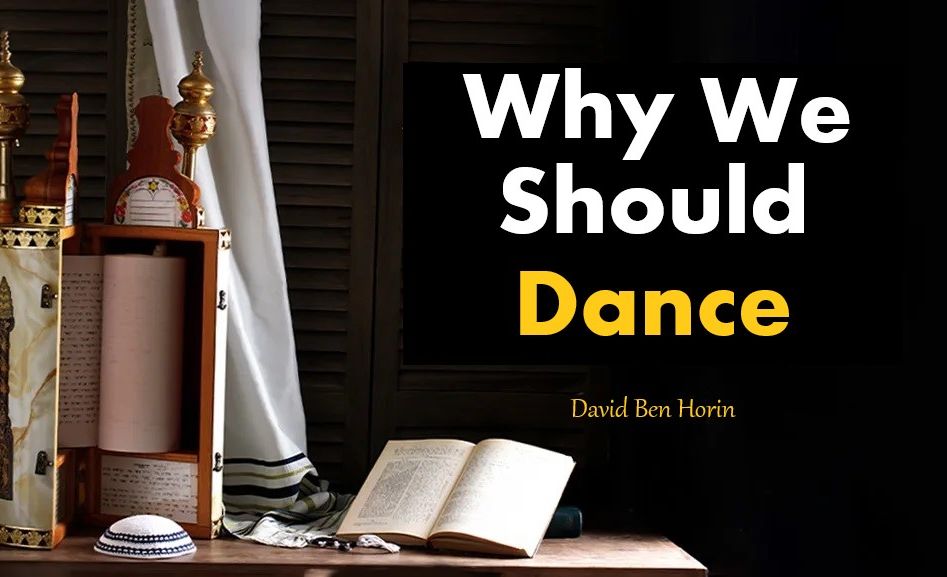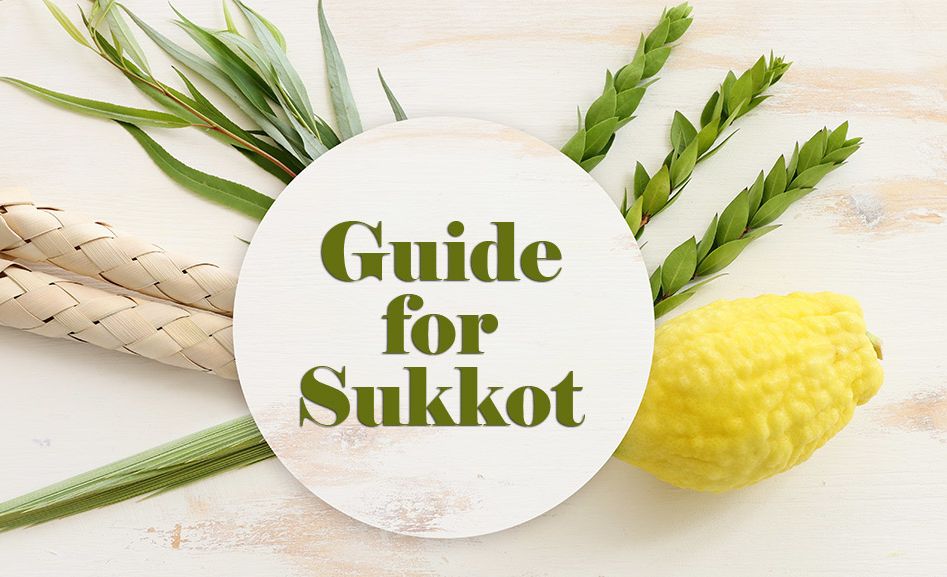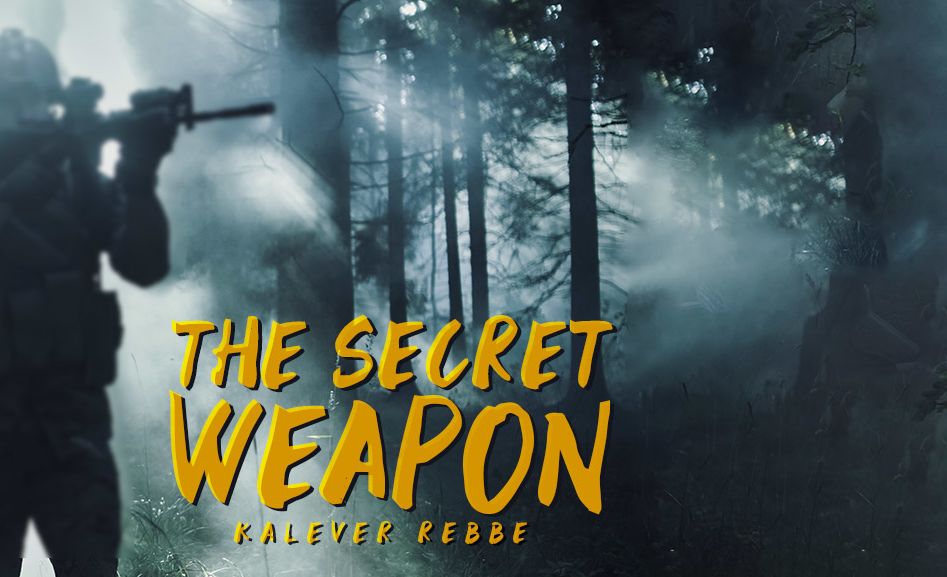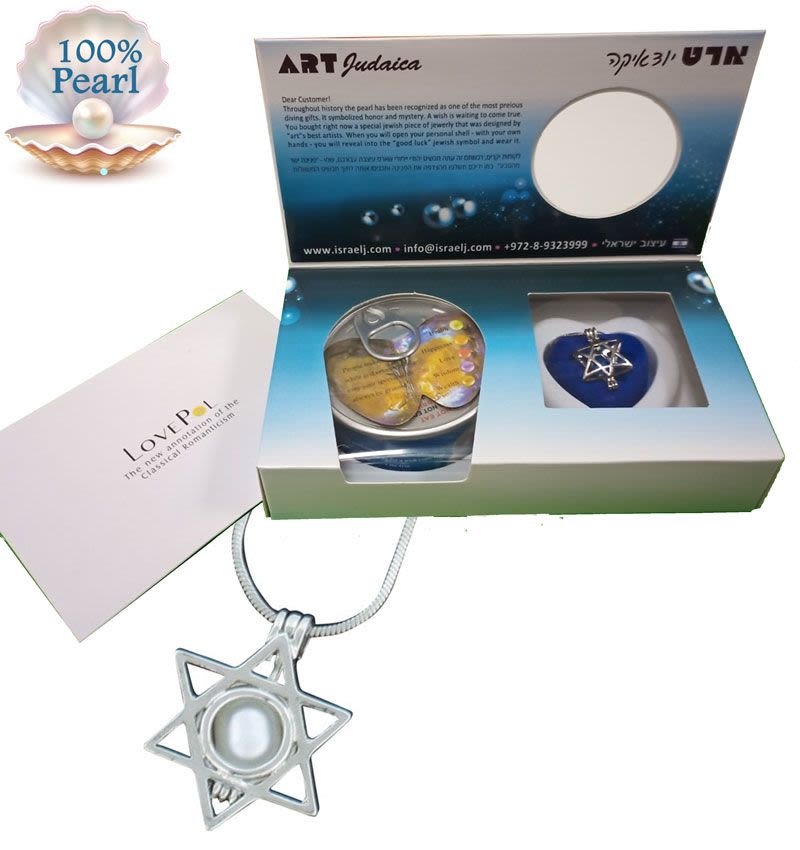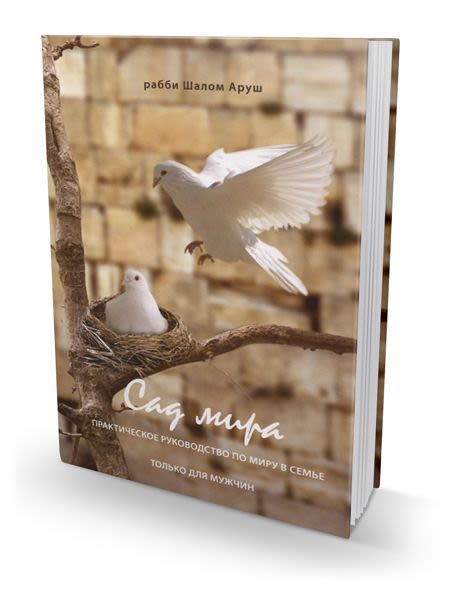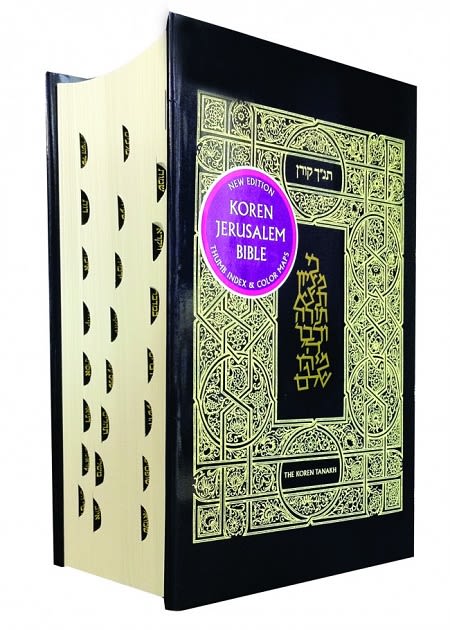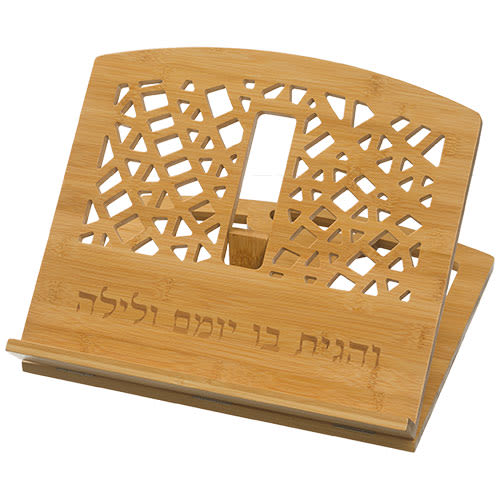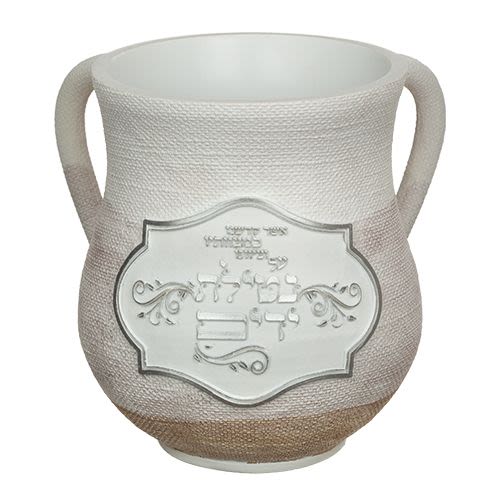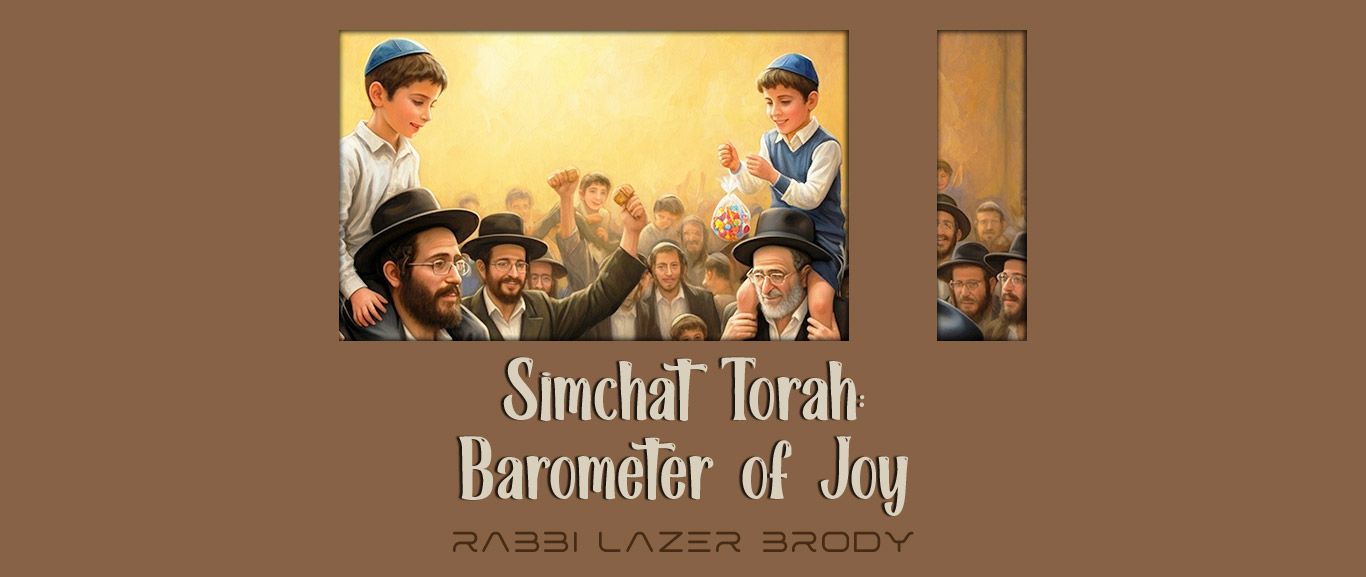
Simchat Torah: Barometer of Joy
Simchat Torah is the time to harvest happiness – "joy in the heart" – for the whole year; even Rebbe Nachman danced alone with pure joy of the Torah...

On Simchat Torah, we spend hours dancing with the Torah scrolls, both at night and during the following morning. We rejoice at our annual completion of reading the Torah, and during the same festival, we begin to read the Torah from the beginning once more. Surely, this is a joyous holiday; but why do we dance until our clothes are literally soaked and until we can barely stand up?
Goldzweig and Oppenheim were two wealthy merchants who traded in rare gemstones and fine jewelry. Each year, they’d travel from their respective homes in Warsaw and Munich to the great annual fair in Leipzig. As old friends, they were accustomed to lodge, dine, pray, and do business together, often pooling their resources for their mutual benefit.The week of trading was drawing to a close. Goldzweig and Oppenheim had conducted more than satisfactory business, and were about to return home with an ample stock that promised healthy profits for each of them. Before catching their afternoon trains, they were left with one more significant task – buying a gift for their wives. Returning empty-handed from Leipzig was a worse domestic sin than eating on Yom Kippur! They had to find something for their better halves. But what does one purchase for the wives of wealthy gem merchants who had every single material amenity that a woman could dream of? The business of present-purchasing proved to be a greater challenge for Goldzweig and Oppenheim than a week of bartering and negotiating.The two merchants had to be at the train station in two short hours; they were still empty-handed. They couldn’t seem to find a suitable gift for their wives. Just another gold watch or diamond broche wouldn’t suffice.An old Polish Jew with long silver sidecurls and a dashik (black narrow-visor cap that was common among Polish and Ukranian Chassidic Jews) on his head approached the two merchants. “Could I interest you gentlemen in rare Judaica?”Goldzweig and Oppenheim looked at each other and smiled. What a novel idea! Judaica was always a good investment that never decreased in value. The old Polish Jew had two hand-illustrated copies of the classic Tzena U’reena Yiddish Torah commentary for women, printed on rare parchment in the early 18th Century. A hundred fifty years later, the two volumes were in near mint condition. At only eighty gold crowns apiece, the books were a bargain. Goldzweig and Oppenheim jumped at the opportunity, paid for the books, and hurried to the train station.Goldzweig arrived home to Warsaw. Before unpacking his valise, he produced the carefully-wrapped volume and presented it to his wife. Wide-eyed, she looked at the book as tears filled her eyes; a tender smile illuminated her face as she clutched the antique book to her heart. “Simon,” she said, “this is the most exquisite gift I’ve ever received! I will cherish this always and will read it every Shabbat. This will be our most important heirloom to our eldest daughter, and I hope she will pass it down to her eldest daughter until the end of time! Only a G-d fearing, magnanimous, and loving husband such as you could have found such a priceless gift. This Tzena U’reena is so very beautiful; how can I ever thank you…”Oppenheim unfortunately received a less enthusiastic welcome on his arrival home in Munich. “Another dust-catcher?!” his irate wife shrieked, throwing the rare antique volume into a corner as if it were last week’s newspaper…Mrs. Goldzweig was overjoyed by her gift because of her regard for Torah. She saw the book’s aged pages as much more than antique illustrated parchment, but as a meaningful heirloom that must be passed from generation to generation. Her reaction is the greatest testimony of her love for Hashem and his Torah. Mrs. Oppenheim, on the other hand, harbored much more mundane and material appetites, to say the least.


